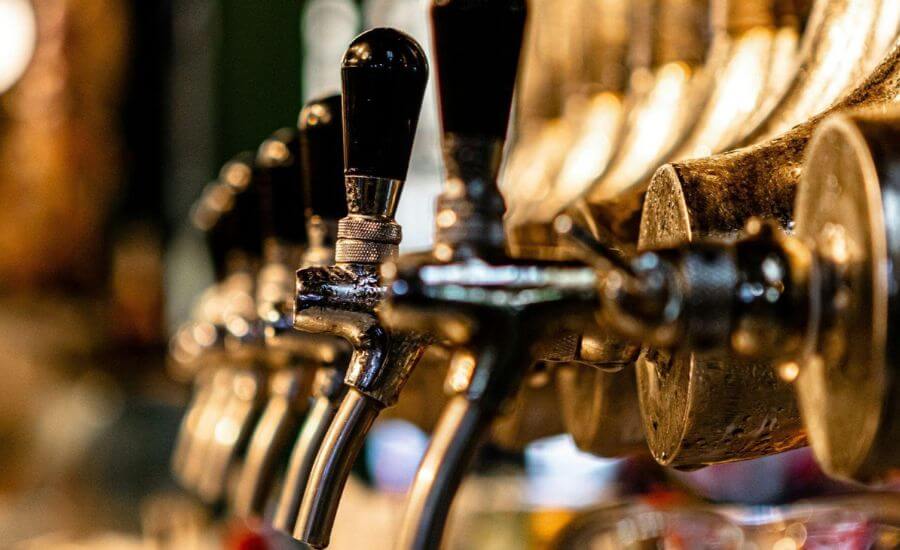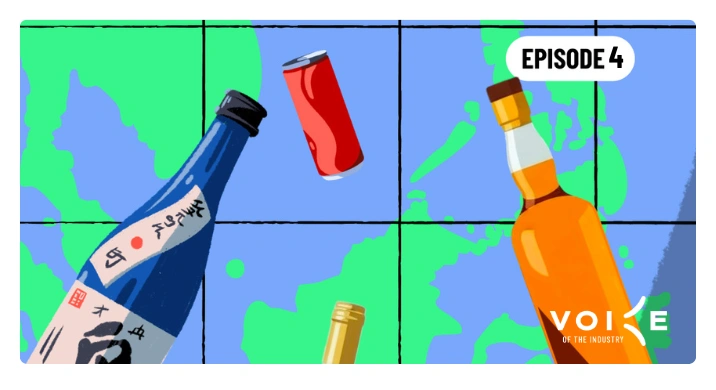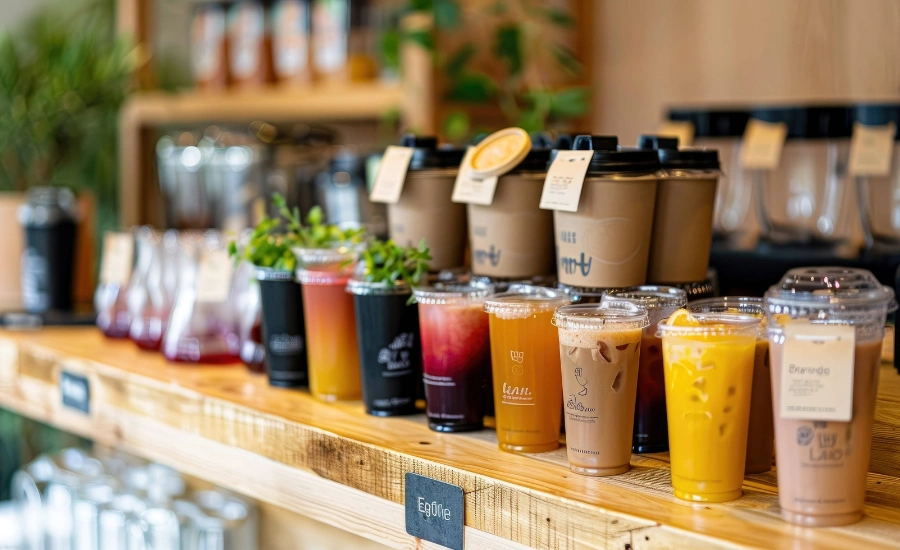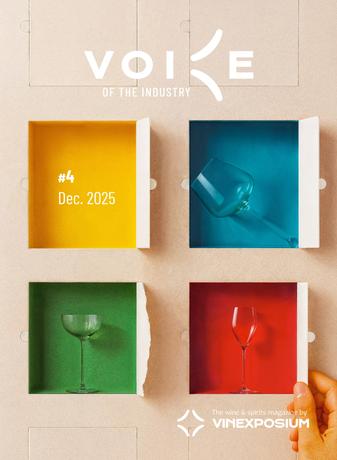Is Wine on Tap a Revolution that Needs to Happen?
Draught systems have long facilitated consumption of beer, but for the wine industry, they are a major innovation. By transforming the way wine is stored, served and drunk, the technology will have significant implications, both for the trade and enthusiasts.A packaging and serving system designed to store wine in the best possible conditions, taps offer a practical solution for restaurateurs and all types of services. The new-generation kegs are light and airtight and are usually made from recyclable plastic and fitted with an inner pouch that protects wine from oxidation and preserves freshness. They offer the promise of more convenient and environmentally-friendly usage.
The facts seem to support initiatives by WineTech entrepreneurs, particularly the Dutch giant OneCircle, which produces the KeyKeg, whose name has now slipped into everyday language. The technology enables professionals to serve wines by the glass over a long period of time, without compromising on quality. One of the many examples of potential usages is festivals, where draught facilities remove the need for opening hundreds of bottles and allow wine to be served at the right temperature, whatever the weather. In terms of transport, kegs are as robust as they are easy to move around, significantly simplifying the distribution and storage of wine. And lastly, by using recyclable materials, they offer an environmentally-friendly alternative to traditional bottles, thereby responding to increased concerns about the sustainability of the industry.
More ecological and economical than glass bottles
Glass bottles were designed to provide a hygienic and sustainable container with the ability to store wine over many years. However, over time, customs have changed. Over 80% of wines are now drunk just after being released for sale, a fact which no longer justifies the huge energy input required to produce and transport conventional bottles (see box) and paves the way for new drinking habits.
The increased popularity of wine on tap facilitates the development of usages that capture the zeitgeist. In relaxed eateries like entry-level restaurants and major brasseries, work canteens or catering channels, tap facilities offer a more seamless service by simplifying handling for the staff. Also, because different types of vessels can be filled and carry the logo of an establishment or a brand, taps usher in a new approach to wine. “Honestly, I think they’re great. Taps make wines more festive again and allow bars to work with special labels”, is the enthusiastic response by chef Florent Ciccoli, the founder of Café du Coin, among other establishments. “I dream of a bar with a red wine, a white wine and a vermouth on tap!”
With the labels and the bottles out of the way, tasting wine by the glass or the pitcher encourages patrons to explore a broader range of wines and to heed the restaurateur’s advice. Restaurateurs can in turn reinstate an array of user-friendly, affordable offerings that mirror the house wines of the past. “It’s really nice. There’s kind of a retro feel to it, which makes a change from the pretentious, fashion-conscious approach by the on-trend bars where every bottle costs a fortune”, explains David, a patron at the Liquiderie, in Paris’ Rue de la Présentation. The icing on the cake is the lower prices all round, which is an extremely persuasive argument in an inflation-stricken economy.
Less romantic
Despite this, some or even most wine enthusiasts still attach significant importance to opening a bottle with a cork in it. They may well view wine on tap as a departure from tradition, or even a useless invention that undermines the ritual provided by the bottle. More generally speaking, some people take a negative view of the plastic outer shell, and the insistence by some over-enthusiastic entrepreneurs on communicating about this recent invention. Margaux, who we met at Parisian wine merchant Au Verre Volé, is critical of the “almost stressful desire to always optimise everything in every aspect”. Working in the restaurant industry herself, she adds: “Personally, I value the romantic aspect of bottles, their weight, their labels, and I’m almost tempted to say, traditions”.
Added to this is the reliance on technology – if establishments encounter any technical breakdowns, they cannot serve wine. There is also the challenge of recycling the taps. These are certainly sizeable concerns, but they can be overcome, particularly given the challenges facing the wine industry such as spiralling prices of dry goods and transport costs, lower yields due to climate change and international competition in the wine market. Either way, there is a need for the industry to reinvent itself. Interestingly, with the market booming, initiatives to provide an alternative to OneCircle’s KeyKegs are burgeoning. Two noteworthy examples are French firms Ecofass and Flexikeg which constantly focus on making their devices more efficient.
Wine on tap may therefore provide a welcome development for the wine industry. Admittedly there are still challenges to overcome, but the storage advantages, their profitability and experience for consumers make them an attractive alternative for trade members keen to stay ahead of the curve in terms of consumer trends, and for winegrowers aiming to reduce their carbon footprint and overheads.

Traditional glass bottles are becoming obsolete
It may seem counter-intuitive but there is no denying that glass bottles make no environmental sense. According to Finnish research, it is the container that generates the most pollution, way ahead of the PET tap system – despite the fact that this type of plastic is petroleum-based. It is estimated that 40% of a winery’s carbon footprint comes from glass bottles, with 609 kilos of CO2 per bottle. Glass bottles are particularly heavy – their individual weight is estimated to range from 1.2 to 1.4 kg for still wine – and they also require a lot of energy to produce. Also, the shortage of paper leads to significant lead times for labels and boxes, which penalises winegrowers financially even more.
By Victor Coutard





